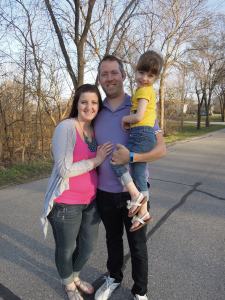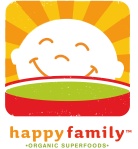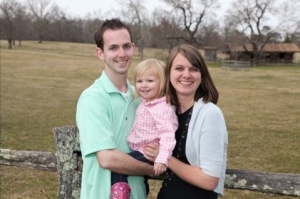At age seven, Natalie Mitchell would watch her dad get up and run 14 miles to work every day. By her freshman year in high school, she was running track as a sprinter, but one day, her coach advised: “I really think you should try running on the cross country team.”
She has never stopped running since.
So at the beginning of her first pregnancy, she couldn’t imagine anything going wrong. She was super healthy, taking great care of herself, and was even able to keep up her running for a while in the first trimester.
“At about week 30 of my pregnancy, I started experiencing slight symptoms: headaches, a bit of swelling and an increase in my blood pressure,” said Natalie. She had a great Ob/Gyn who monitored her closely, and as the symptoms progressed at 33 weeks to major swelling, high protein in her urine and severe headaches, he brought in a specialist.
Her son Joshua was born at 34 weeks on March 7, 2007 at 3 pounds, 14 ounces, with a NICU team standing by to whisk him away for care.
“It was all very dramatic and not at all like I imagined,” said Natalie. “The thought of not bringing our baby home right away… it was unimaginable. For the first time ever, I remember feeling like my body had failed me.”
Natalie would go on to have preeclampsia with her second and third pregnancies as well, delivering daughter Megan at 36 weeks and daughter Elle at 32 weeks. In both cases, Natalie and the babies faced life-threatening conditions.
But despite all that, Natalie has kept running, including 5 marathons and training for her sixth in September. She wants to show herself, her children and other moms that preeclampsia cannot keep her down; that a woman can do anything that she put her mind to.
To help spread that message, Natalie is now working to represent ALL preeclampsia survivors on the cover of Runner’s World magazine, a publication devoted to runners around the country. It will be the first time a everyday runner will be featured on the cover.
When asked why she wants to be on the cover of the magazine, Natalie explains that she will represent moms everywhere. “It’s not an easy job being a mom and making time to work out. I have been in awe of so many women that I meet and I see them doing just that and accomplishing amazing things. They are my inspiration and motivation and I hope that I can do the same for someone else.”
She needs your help! Supporters can vote once a day by visiting her cover contest page and voting via your Facebook or Twitter login. Make sure you go through the “Inspiring Word” screen to ensure your vote has been counted. Voting runs through August 15, when the magazine will pull the top 5 women and top 5 men to review. You see the total number of votes go up by one, then you know your vote was counted. Natalie needs around 4,000+ votes to put her in the top running.
We’d love to see Natalie make the front cover to support preeclampsia awareness!
“I run every day because it makes me feel alive and unstoppable. I am a better Mom, wife, friend, and a better person. Running truly makes me happy.”










You must be logged in to post a comment.